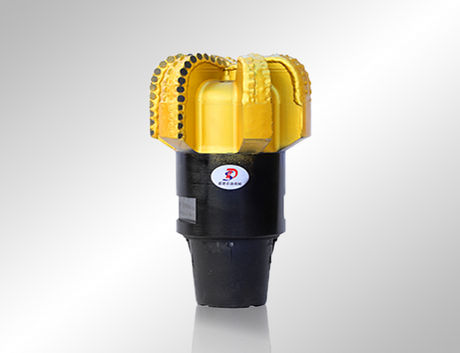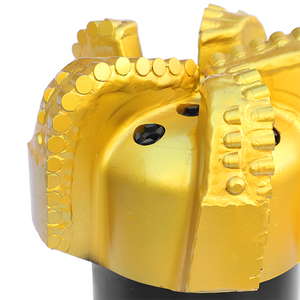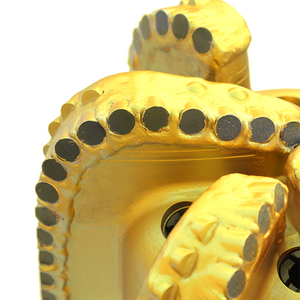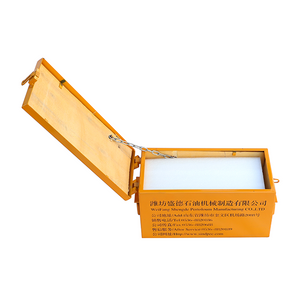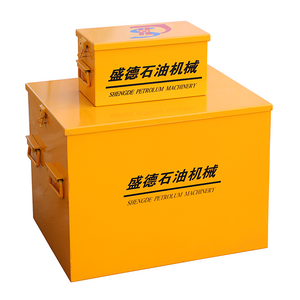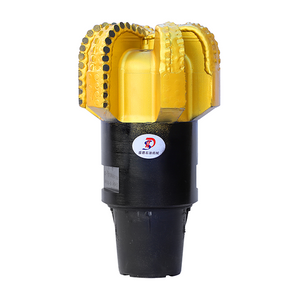The PDC drill bit is one of the most significant innovations in the oil and gas drilling industry. Since its development, it has revolutionized drilling efficiency, durability, and cost-effectiveness. Today, these drill bits are widely used in various drilling applications, including oil and gas exploration, geothermal drilling, and mining. However, the origins of the PDC bit trace back to several decades ago, involving advancements in synthetic diamond technology and engineering ingenuity.
This article explores the history, development, market impact, and future trends of PDC drill bits, focusing on their invention and evolution.
Introduction to PDC Drill Bits
A PDC drill bit (Polycrystalline Diamond Compact drill bit) is a type of drilling tool that uses synthetic diamond cutters to penetrate rock formations. It is designed with PDC cutters, which are made by sintering diamond particles under high pressure and temperature. These cutters are then attached to a drill bit body, allowing for efficient rock cutting and longer-lasting performance.
Key Features of PDC Drill Bits
High durability: PDC bits can drill harder formations and last longer than other types of drill bits.
Faster drilling speeds: Their design enables higher penetration rates compared to traditional roller cone bits.
Lower cost per foot drilled: Due to their longevity and efficiency, PDC bits reduce overall drilling costs.
Less bit wear and tear: The synthetic diamond material is highly resistant to wear, making these bits ideal for long drilling runs.
Who Invented the PDC Drill Bit?
The invention of the PDC drill bit is credited to General Electric (GE) in the early 1970s. The company had been researching synthetic diamond technology for various industrial applications, and one of the breakthroughs was the development of polycrystalline diamond materials that could be used in drilling.
In 1971, GE successfully created the first PDC cutter, which was later adapted for use in drill bits. This innovation was driven by the need for more durable and efficient drilling tools in the oil and gas industry. The first commercial PDC drill bit was introduced in 1976 by Sintec, a division of GE.
Although GE pioneered the technology, several companies and researchers contributed to refining and commercializing the PDC bit, making it a widespread industry standard.
The History of PDC Drill Bits
The PDC drill bit has undergone several phases of development, from early research to widespread commercial adoption.
Early PDC Cutter Development
The foundation of PDC bit technology lies in the development of synthetic diamonds. In the 1950s, GE developed high-pressure, high-temperature (HPHT) synthesis of diamonds, which led to the creation of polycrystalline diamond—a material that could withstand extreme drilling conditions.
In 1963, GE introduced the first polycrystalline diamond compact (PDC) cutters, designed for industrial cutting tools.
By 1971, GE successfully adapted this technology for drilling applications, leading to the first PDC drill bit prototype.
Early Commercial Development
Despite the breakthrough, early PDC drill bits faced several challenges:
Limited durability: Early versions struggled with wear and breakage, especially in hard rock formations.
High manufacturing costs: The production process was expensive, limiting widespread adoption.
Lack of industry acceptance: Many drilling companies were hesitant to switch from traditional roller cone bits.
However, research and development efforts by GE and other companies led to improvements in cutter bonding and bit design, making PDC bits more viable for commercial drilling.
Commercial Success
By the 1980s, the oil and gas industry recognized the advantages of PDC drill bits, particularly in soft-to-medium formations. Several companies, including Hughes Tool Company, Baker Hughes, and Smith Bits, began investing in PDC technology, leading to widespread adoption.
Comparison of Early vs. Modern PDC Drill Bits
| Feature | Early PDC Bits (1970s) | Modern PDC Bits (2020s) |
| Cutter Material | Basic polycrystalline diamond | Advanced synthetic diamond with better wear resistance |
| Formation Suitability | Mainly soft formations | Suitable for soft, medium, and hard formations |
| Drilling Speed | Moderate | High |
| Durability | Low | High |
| Cost | Expensive | More cost-effective due to longevity |
Improved Hydraulics
One of the major advancements in PDC drill bit design was the improvement in hydraulics. Efficient fluid flow is critical for cooling the bit and removing cuttings from the wellbore.
Engineers developed optimized nozzle placements to enhance fluid circulation.
Improved hydraulic designs reduced bit balling and improved penetration rates.
Computational fluid dynamics (CFD) modeling helped refine hydraulic efficiency.
Bit Stability Identification
As PDC drill bits became more common, researchers identified stability issues that led to inefficient drilling.
Bit whirl was a major problem, causing excessive vibration and premature wear.
Companies introduced stabilization mechanisms, such as gauge pads and balanced force designs, to improve bit stability.
Modern PDC bits incorporate anti-whirl technology, reducing damage and enhancing performance.
Computer Modeling
Advancements in computer modeling transformed PDC drill bit design.
Finite element analysis (FEA) allowed engineers to simulate drilling conditions and optimize bit geometry.
Machine learning algorithms helped predict bit performance and failure rates.
Real-time drilling data integration improved efficiency and minimized operational risks.
Cutter Improvements
The most significant factor in the evolution of PDC drill bits has been the continuous improvement of PDC cutters.
Thermally stable PDC (TSP) cutters were introduced to withstand high temperatures.
Hybrid cutter designs, combining different materials, enhanced durability.
Self-sharpening PDC cutters extended bit life and reduced downtime.
Global PDC Bit Market
The PDC drill bit market has grown significantly over the past few decades, driven by increasing demand for efficient drilling solutions in the oil and gas industry.
Market Trends
The global PDC bit market was valued at $4.2 billion in 2023 and is expected to grow at a CAGR of 6.5% from 2024 to 2030.
North America and the Middle East are the largest markets due to extensive oil and gas exploration activities.
R&D investments in PDC cutter technology continue to drive innovation.
Key Players in the PDC Bit Market
| Company | Market Share (%) | Notable Innovations |
| Baker Hughes | 25% | Advanced hybrid cutters |
| Schlumberger | 22% | AI-driven bit design |
| Halliburton | 18% | High-performance PDC bits |
| NOV | 15% | Customizable PDC bits |
| Others | 20% | Various emerging technologies |
Market Impact Now
The PDC drill bit market continues to evolve, with several key developments shaping its future:
Automation and AI: Smart PDC bits with real-time data capabilities are improving drilling efficiency.
Sustainable drilling: New materials and coatings are enhancing bit longevity while reducing environmental impact.
Expanding applications: Beyond oil and gas, PDC drill bits are now widely used in geothermal and mining industries.
Conclusion
The PDC drill bit has come a long way since its invention in the 1970s. What started as an experimental technology has now become the industry standard, enabling faster, more efficient, and cost-effective drilling. General Electric (GE) played a pivotal role in its development, but continuous advancements by various companies have led to today's highly sophisticated PDC bits.
As the oil and gas industry moves towards automation, AI-driven optimization, and sustainable drilling practices, the PDC drill bit will remain a cornerstone of drilling operations worldwide.
FAQs
1. What does PDC stand for in a drill bit?
PDC stands for Polycrystalline Diamond Compact, referring to the synthetic diamond cutters used in the bit.
2. Who invented the first PDC drill bit?
General Electric (GE) developed the first PDC drill bit in the early 1970s.
3. What are the advantages of PDC drill bits?
PDC bits offer higher durability, faster drilling speeds, lower costs, and better wear resistance compared to traditional roller cone bits.
4. What industries use PDC drill bits?
The oil and gas, geothermal, and mining industries extensively use PDC drill bits for drilling operations.
5. What is the future of PDC drill bits?
Future PDC bits will incorporate AI, automation, and sustainable materials to enhance performance and reduce costs.











